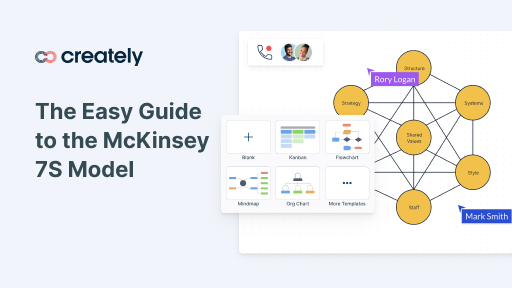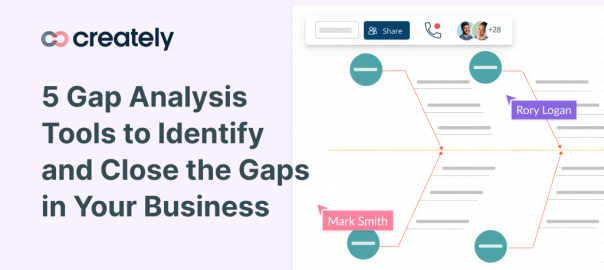Although invented in the late 1970s, the McKinsey 7S model still helps businesses of all sizes succeed. A conceptual framework to guide the execution of strategy. In this guide, we’ll walk you through the 7S of the McKinsey Framework and… Read More


Although invented in the late 1970s, the McKinsey 7S model still helps businesses of all sizes succeed. A conceptual framework to guide the execution of strategy. In this guide, we’ll walk you through the 7S of the McKinsey Framework and… Read More

How far have you come from the work you planned at the beginning of the year? Do you have any idea about what worked and what didn’t? And why? Gap analysis can help you compare your business’s or project’s actual… Read More